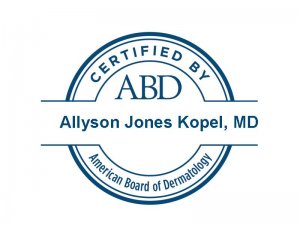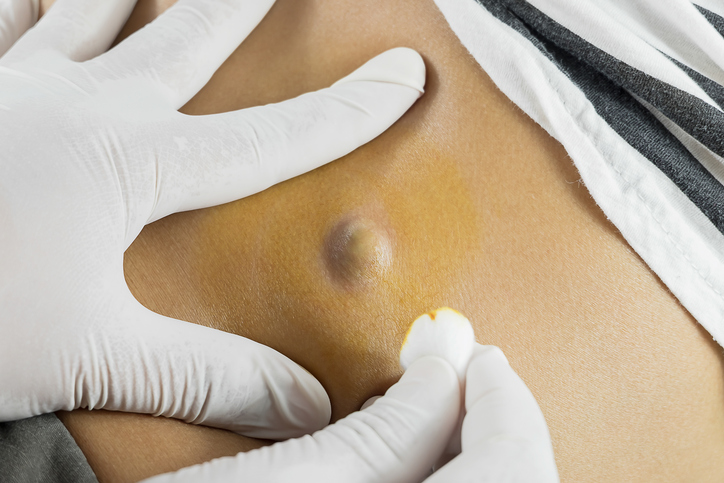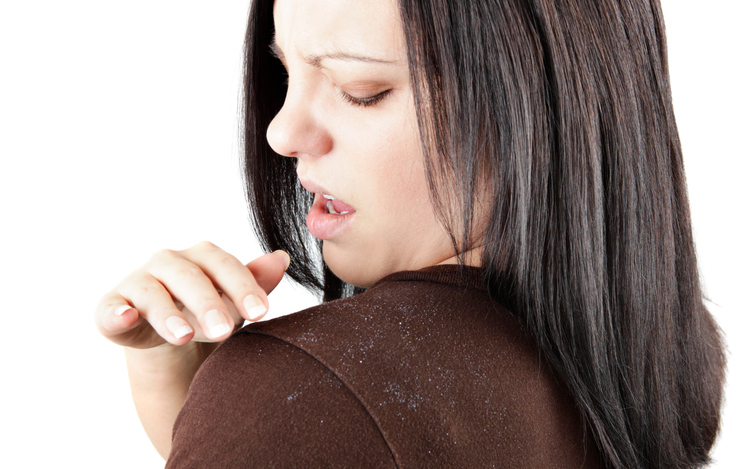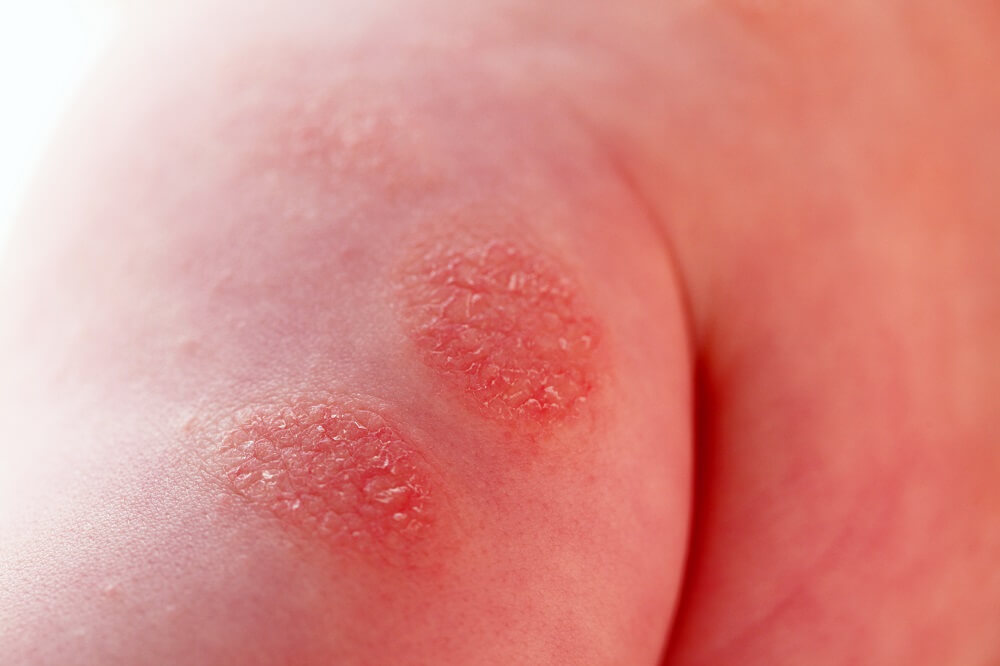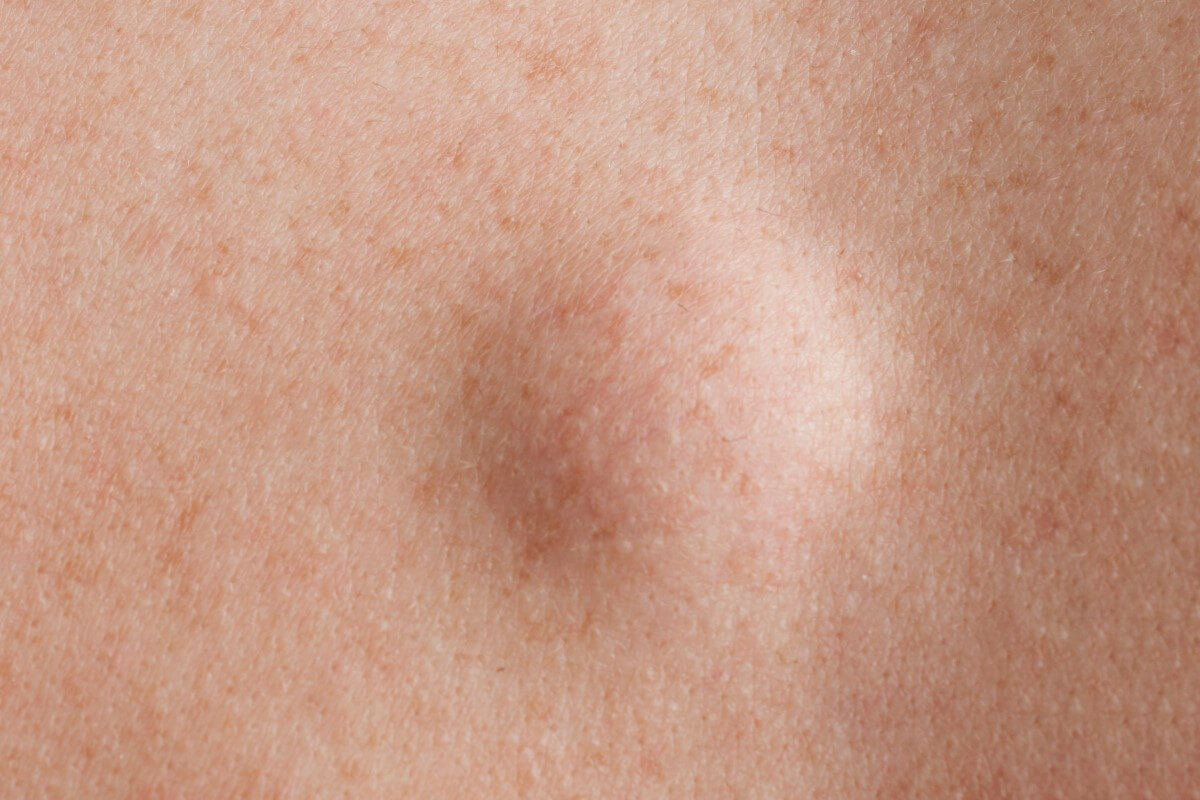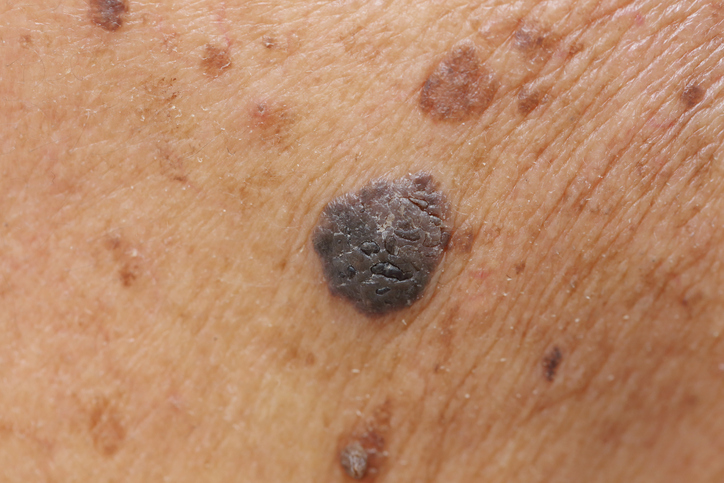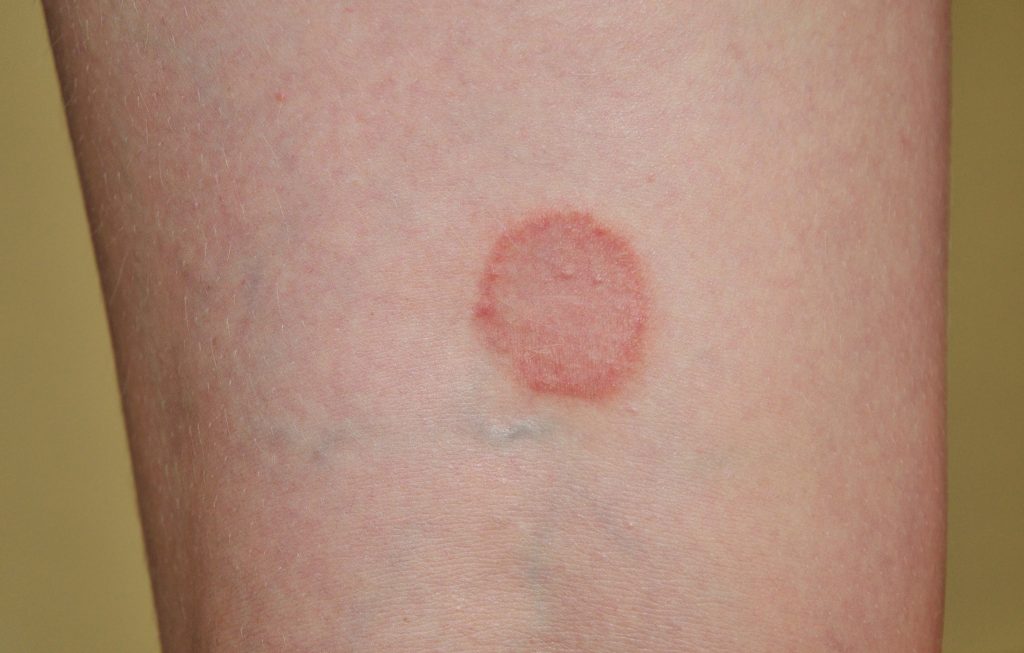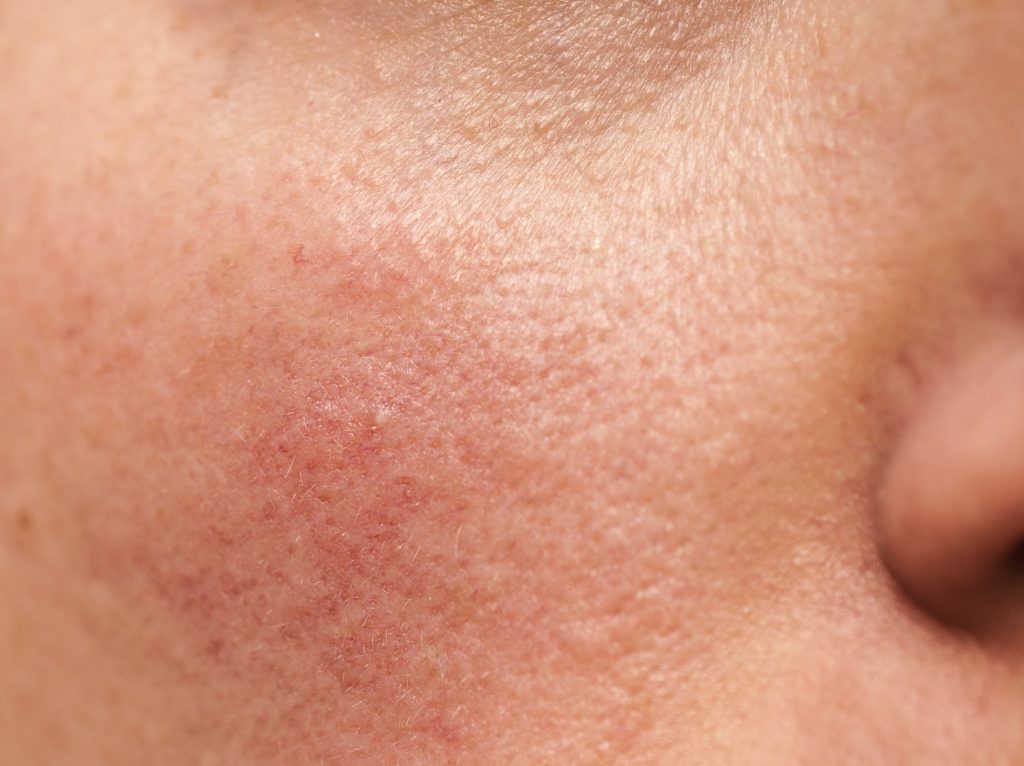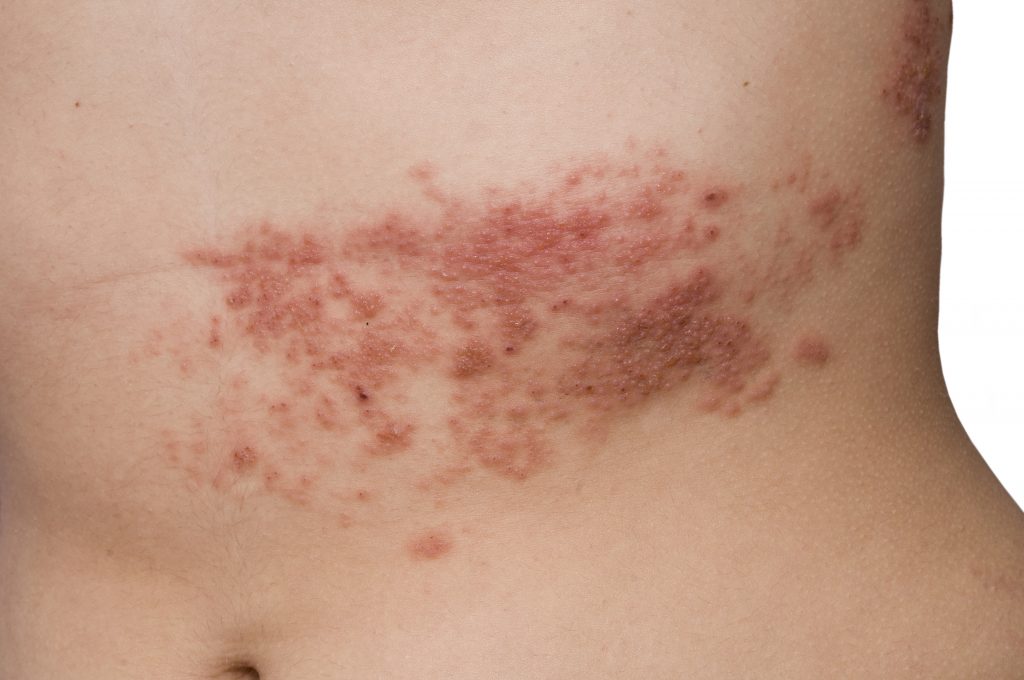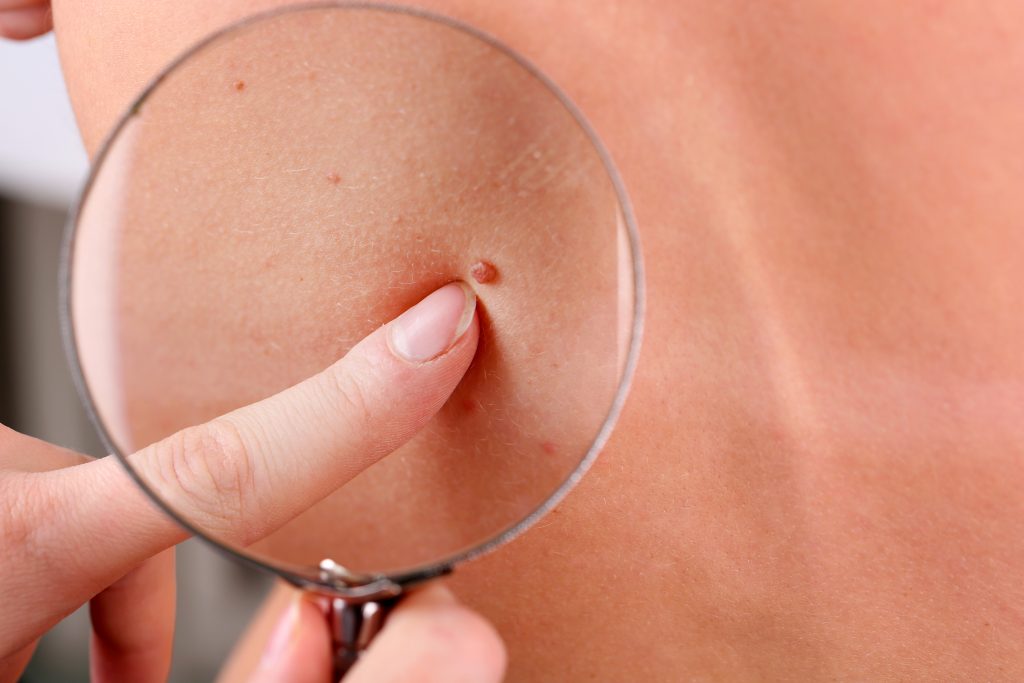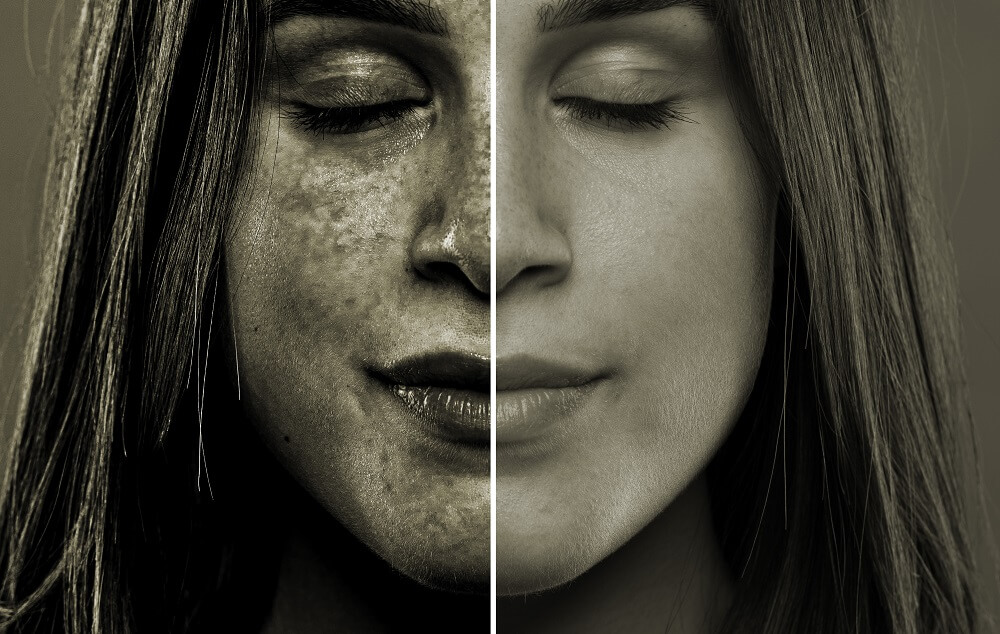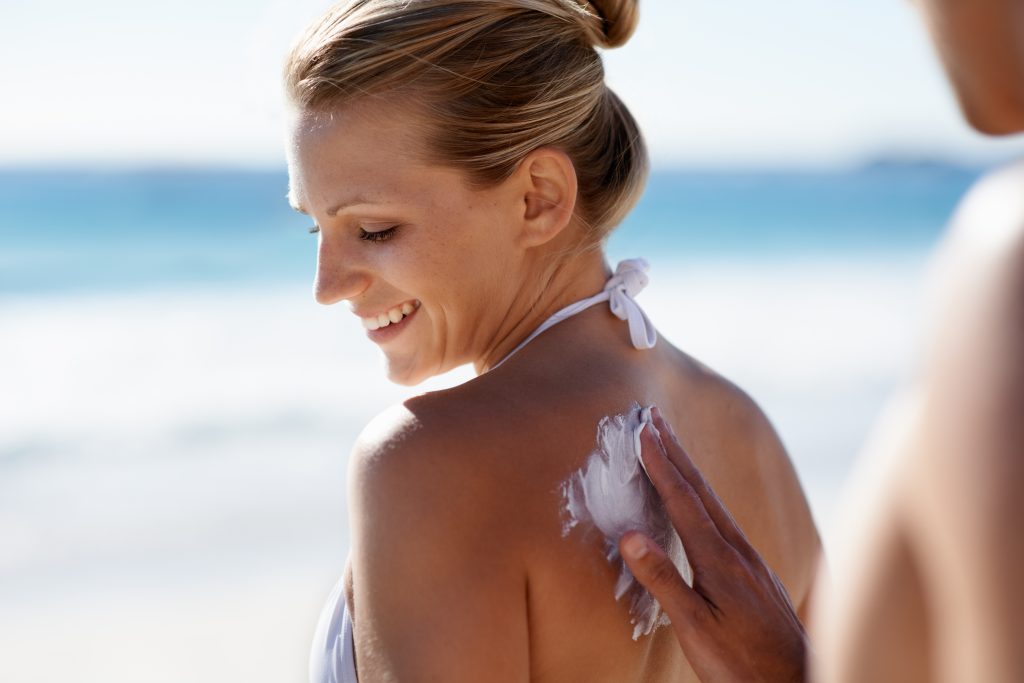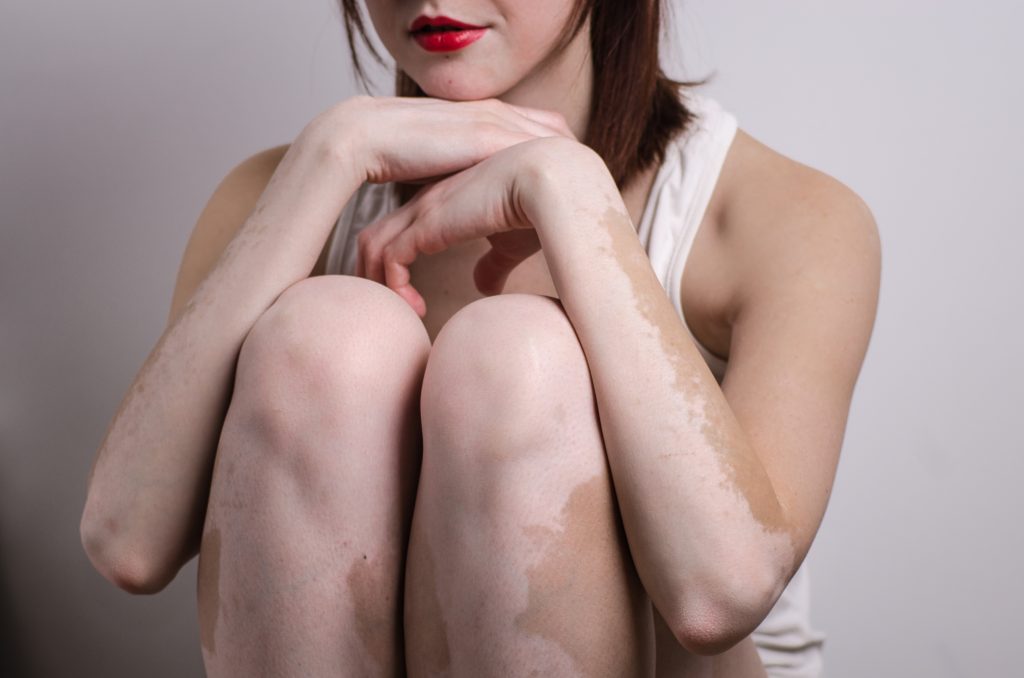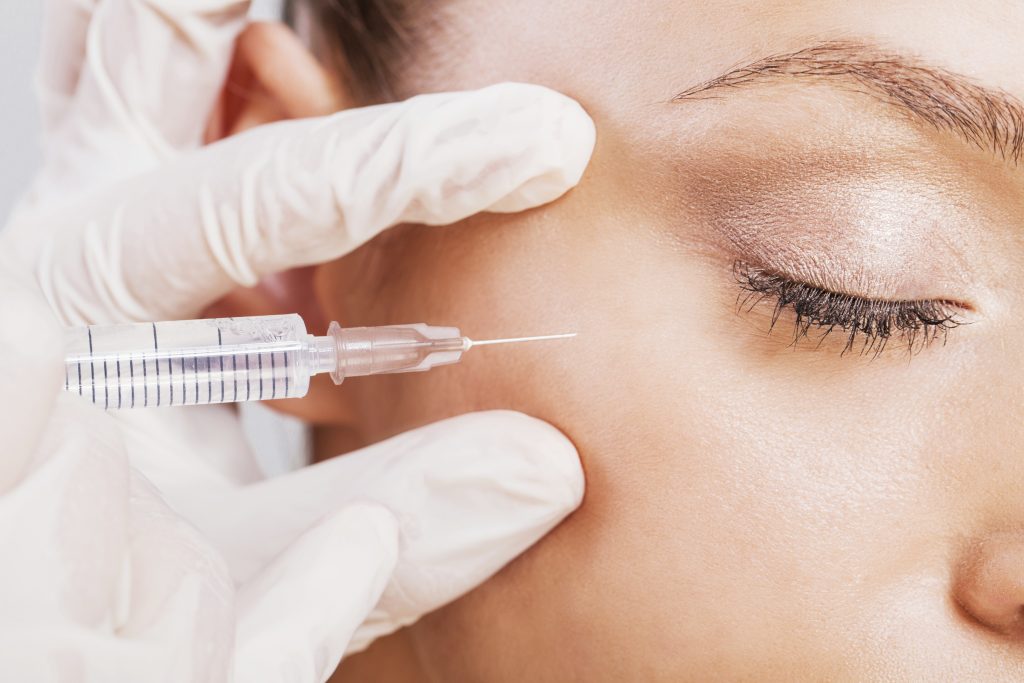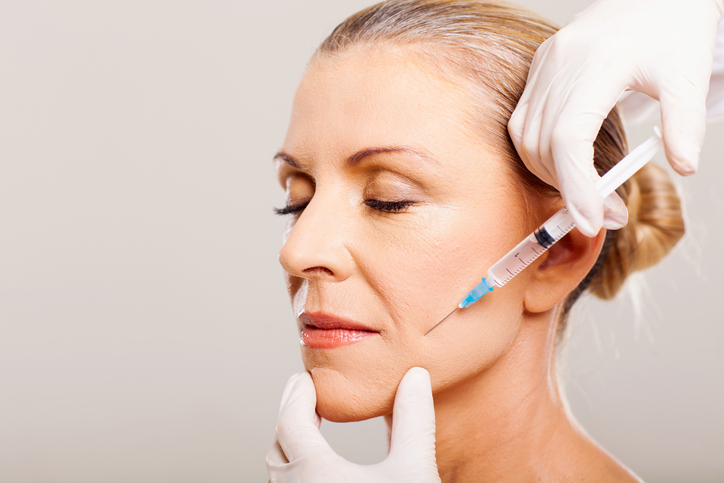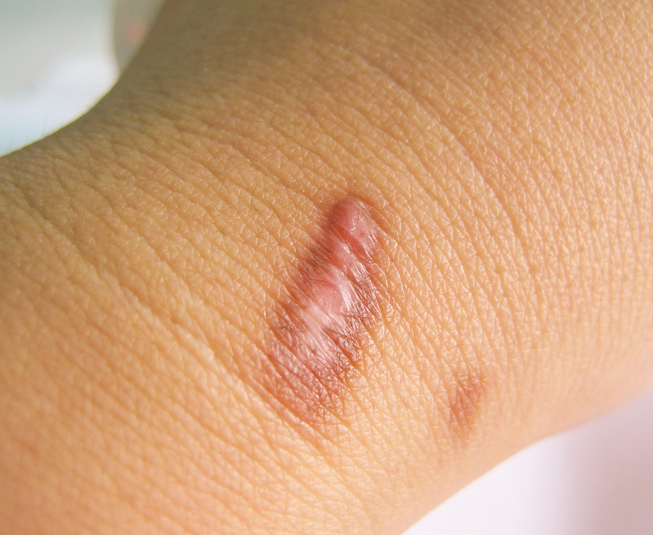Dr. Allyson Kopel is a Board-Certified Dermatologist and a Fellow of the American Academy of Dermatology. She is also a member of the Houston Dermatological Society and the Texas Dermatological Society.
Dr. Kopel graduated magna cum laude with a Bachelor of Arts degree in Psychology from Vanderbilt University. She earned her medical degree from the University of Texas at Houston Medical School where she was elected as a member of the Alpha Omega Alpha Honor Society in her third year. After a transitional year internship at St. Joseph’s Hospital in Houston, she completed her post-graduate training at Louisiana State University School of Medicine in New Orleans. After Hurricane Katrina, she relocated back to Houston and began a private practice in 2006.
Dr. Kopel treats patients with a wide range of medical and cosmetic concerns. Her clinical interests include acne, diagnosis and treatment of skin cancer, and the treatment of inflammatory skin conditions including eczema and psoriasis. She is proficient in Spanish, having grown up near the border in El Paso, Texas.
Dr. Kopel is happily married with three children. In her spare time, she enjoys playing tennis, cooking, exercising, traveling, and reading.
Dr. Allyson Kopel sees patients in our Bellaire, Texas office.
Additional Languages
-
Spanish
Specialties and Affiliations
- American Academy of Dermatology
- Houston Dermatological Society
- Texas Dermatological Society


